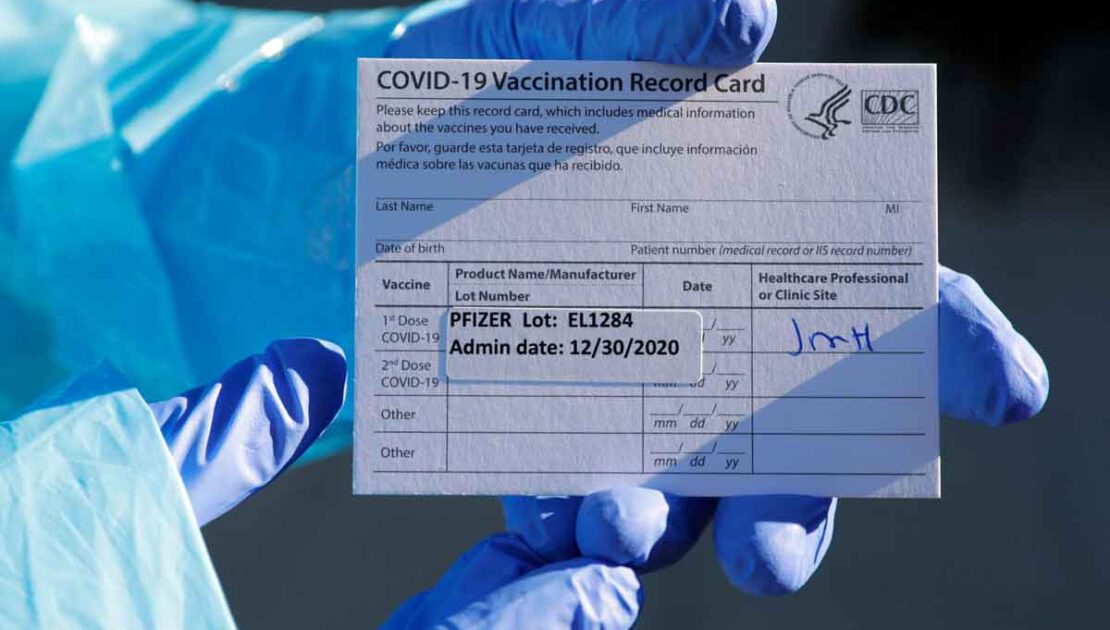Washington Amends High-Risk Employee Proclamation to Expand Medical Verifications

- April 17, 2021
- Comments: 0
- Posted by: admin
Washington State Governor Jay Inslee has amended the High-Risk Employee Proclamation, making it easier for employers to seek medical verification from employees of whether they are high-risk for COVID-19 and what accommodations might allow them to return to work, as well as other changes. Governor Inslee has also issued a new Frequently Asked Questions (FAQ) sheet. The proclamation goes into effect on April 23, 2021, and cannot be applied retroactively.“High-Risk Employee”
The amended proclamation still uses the Centers for Disease Control and Prevention (CDC) definition of a “high-risk employee” for COVID-19.
The High-Risk Employee Proclamation still protects “older” employees (there is no specific age threshold) and those with the following conditions listed by the CDC: cancer; chronic kidney disease; chronic lung diseases; dementia or other neurological conditions; diabetes (type 1 or type 2); Down syndrome; heart conditions (such as heart failure, coronary artery disease, cardiomyopathies, or hypertension); HIV infection; immunocompromised state (weakened immune system); liver disease; overweight or obese (collectively defined as a body mass index of 25 or higher); pregnancy; sickle cell disease or thalassemia; current or previous smoking; solid organ or blood stem cell transplant; stroke or cerebrovascular disease; or substance use disorders.Medical Verification
The amendment relaxes and expands employer verification requirements.
Under the prior version, employers could only seek verification of certain medical conditions. Under the amendment, employers may require verification from an employee’s medical provider for any of the conditions listed above. Medical verification must include a determination of or medical opinion as to whether the employee is high-risk and whether the employee may be able to return to the workplace with additional accommodations in place, taking into consideration the employee’s medical condition, vaccination status, and the particular circumstances of their job or workplace. For purposes of obtaining medical verification, employers must follow the same interactive process required by state and federal disability laws, ensuring that employees have a reasonable amount of time to respond.
As before, employers may still require verification from a high-risk employee’s medical provider when the employee seeks to use any leave for which a state or federal law, collective bargaining agreement (CBA), or contractual obligation separately requires verification (including, but not limited to, Washington Paid Sick Leave, any employer-administered paid leave, and unemployment insurance compensation).Notice
Employers must give advance notice before changing accommodations under the amendment.
When high-risk employees request alternative work arrangements to protect themselves from the risk of exposure to COVID-19 on the job, employers must still utilize all available options, including telework, alternative or remote work locations, reassignment, and social distancing measures. If alternative work arrangements are not feasible, employers must allow high-risk employees to use any available employer-granted accrued leave or unemployment. It is the high-risk employee’s decision to use accrued leave or unemployment insurance in any sequence.
Employers may not change a high-risk employee’s accommodations under the proclamation without providing the employee 14 calendar days’ advance written notice itemizing the changes. Employers may provide this notice starting on April 9, 2021.Health Insurance
The amendment provides that employers are no longer required to indefinitely maintain health insurance benefits for high-risk employees.
Although the high-risk employee may be otherwise eligible for employer-related health insurance benefits under the Family and Medical Leave Act of 1993 (FMLA), CBA, or other conditions specific to the employment relationship, the proclamation no longer requires employers to fully maintain all employer-related health insurance benefits for high-risk employees. Now, employers can terminate employer-provided health coverage if they provide written notice at least 14 days in advance and continue coverage through the end of the month in which the 14-day period lapses. For example, if an employer gives written notice on April 20, 2021, the 14-day period would lapse on May 4, so coverage would continue until May 31, 2021. Upon receiving such notice, employees may qualify for COBRA coverage or options available in Washington Healthplanfinder.Unchanged
The Proclamation is still construed to protect high-risk employees, to the greatest extent possible, from loss of their position and retaliation for decisions made regarding whether and how to work for their employer under the proclamation.
Employers may hire temporary employees, so long as it does not negatively impact the “permanent” high-risk employee’s right under the proclamation to return to their employment position without any negative ramifications to their employment status by the employer.
Employers may require high-risk employees who do not report to work under the proclamation to give up to five days’ advance notice to the employer of any decision to report to work or return to work under the proclamation.
Employers may take employment action when no work reasonably exists, such as in a reduction in force, for a high-risk employee during the proclamation. However, if no work exists, employers must not take action that may adversely impact a high-risk employee’s eligibility for unemployment benefits.
Employers may not retaliate against, or take adverse employment action in a way that would result in the permanent replacement of, high-risk employees who exercise their rights under the proclamation. Any violations are subject to criminal penalties (as is the case with all of the governor’s recent proclamations). The state’s FAQ sheet directs employees to file a claim with the Washington Department of Labor and Industries’ Division of Occupational Safety and Health if they believe their rights under the proclamation were violated.



